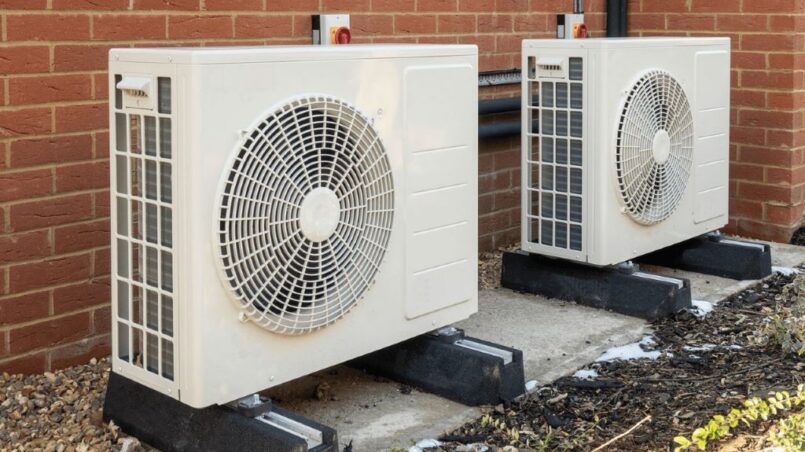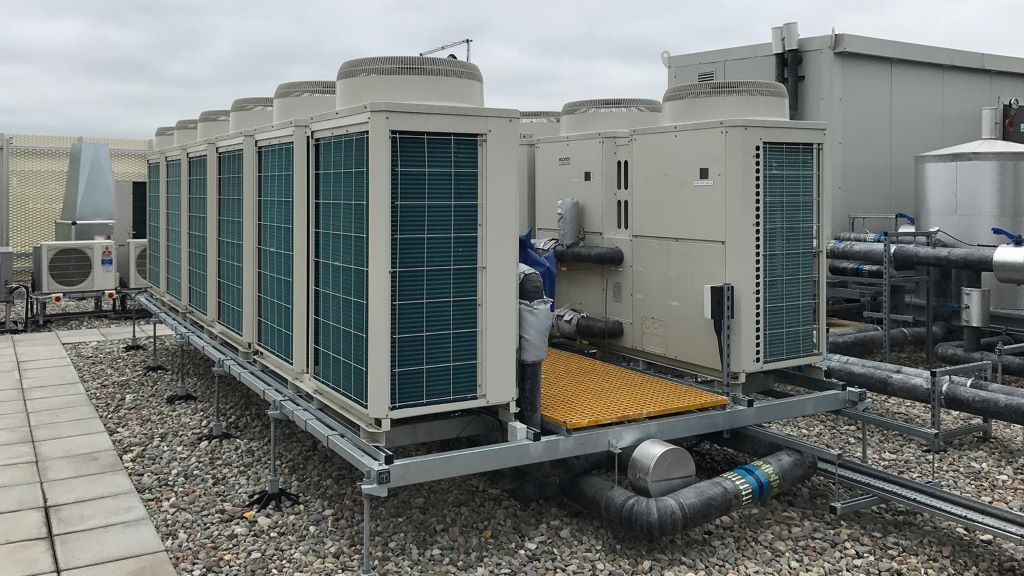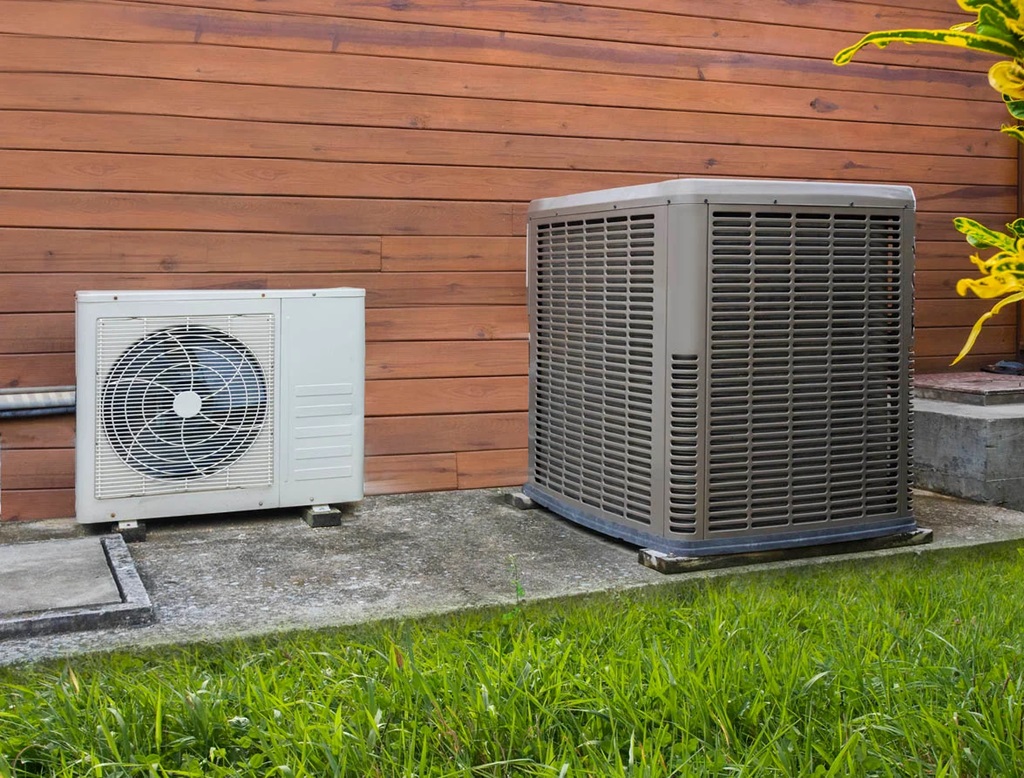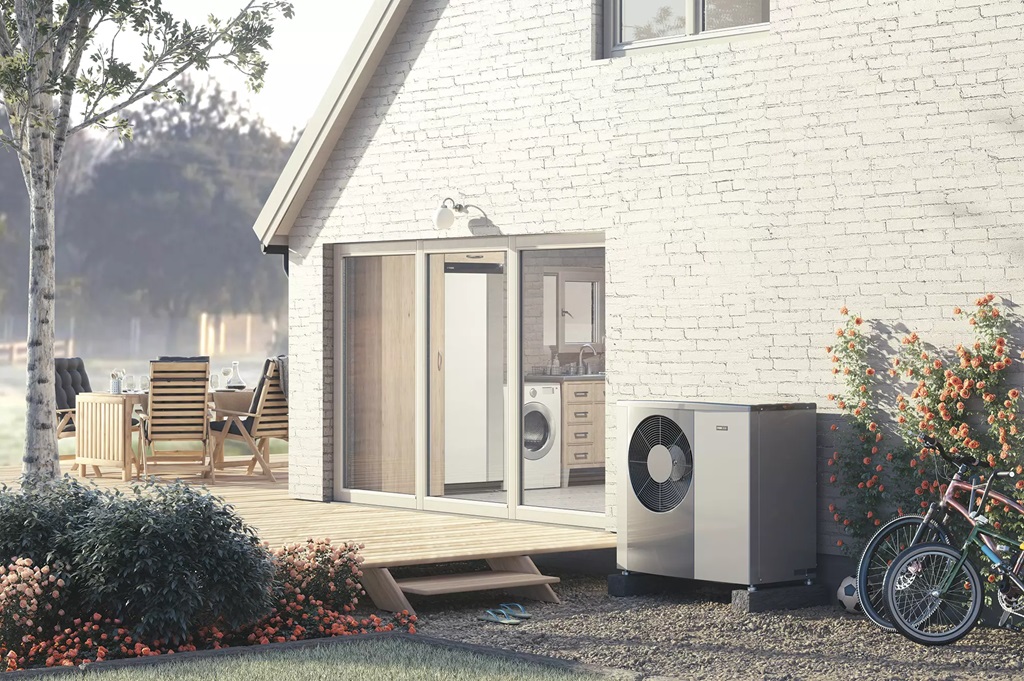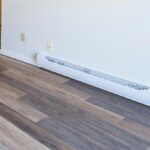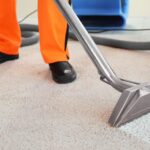Are you in the midst of an energy-efficient home makeover, pondering over the what size air source heat pump dilemma? The world of air source heat pump dimensions and sizing can be as daunting as it is fascinating. But fear not, for we’ve got a real-world example that will pique your curiosity and simplify your decision-making process.
In this blog, we’ll unravel the intricacies of air source heat pump size, providing you with insightful guidance to determine precisely what size heat pump do you need. So, if you’re eager to unlock the secrets of optimal heating and cooling efficiency, read on, because the answer lies just a click away.
What Size Air Source Heat Pump?
The size of air source heat pump you need will depend on a number of factors, including the size of your home, the climate you live in, the level of insulation in your home, and your heating and cooling needs.
A general rule of thumb is to choose a heat pump with a capacity of 1 tonne for every 500-600 square feet of living space. However, there are a number of other factors to consider when sizing a heat pump, so it is important to have a professional perform a heat load calculation to determine the right size for your home.
Air Source Heat Pump Sizing Chart
The following table shows a general air source heat pump sizing chart based on square footage and climate zone:
| Square footage | Climate zone 1 (warm) | Climate zone 2 (moderate) | Climate zone 3 (cold) |
| Up to 1,000 | 1 ton | 1.5 tons | 2 tons |
| 1,000-1,500 | 1.5 tons | 2 tons | 3 tons |
| 1,500-2,000 | 2 tons | 2.5 tons | 3.5 tons |
| 2,000-2,500 | 2.5 tons | 3 tons | 4 tons |
| 2,500-3,000 | 3 tons | 3.5 tons | 4.5 tons |
| 3,000-3,500 | 3.5 tons | 4 tons | 5 tons |
| 3,500-4,000 | 4 tons | 4.5 tons | 5.5 tons |
| 4,000-4,500 | 4.5 tons | 5 tons | 6 tons |
| 4,500-5,000 | 5 tons | 5.5 tons | 6.5 tons |
| Over 5,000 | Contact a qualified HVAC contractor for sizing assistance |
The Importance of Getting the Right Size
Imagine buying a pair of shoes that are either too tight or too loose. Uncomfortable, right? Well, the same goes for your heat pump. If it’s too small, it’ll struggle to keep your home at a comfortable temperature, and you’ll be left shivering in the winter or sweating buckets in the summer. On the flip side, if it’s too big, it’ll gobble up unnecessary energy, leading to higher utility bills and a less eco-friendly home.
Getting the right size air source heat pump is crucial for:
- Energy Efficiency: A properly sized heat pump runs efficiently, saving you money on energy bills.
- Comfort: It ensures your home stays at a comfortable temperature year-round.
- Longevity: The right size reduces wear and tear, prolonging the lifespan of your unit.
- Environmental Impact: Proper sizing means reduced energy consumption, which is better for the planet.
Air Source Heat Pump Dimensions
Air source heat pumps come in a variety of sizes, depending on the capacity and features of the unit. However, most air source heat pumps are roughly the size of a standard washing machine, or between 1 and 1.5 meters high and between 0.5 and 1 meter wide.
The specific dimensions of an air source heat pump will vary depending on the manufacturer and model. For example, a 5kW air source heat pump may have the following dimensions:
- Height: 1200mm
- Width: 800mm
- Depth: 400mm
While a 10kW air source heat pump may have the following dimensions:
- Height: 1500mm
- Width: 1200mm
- Depth: 750mm
It is important to note that these are just examples, and the actual dimensions of your air source heat pump may vary. It is always best to consult the manufacturer’s specifications for the exact dimensions of the unit you are considering.
Real-Life Example: Mary’s Cozy Cottage
Meet Mary. She lives in a quaint cottage in the countryside, where the winters can be bone-chilling, and the summers are sweltering. Mary decided it was time to upgrade her heating and cooling system and opted for an air source heat pump.
Step 1: Calculate the Heating Load
Mary started by calculating her home’s heating load, which is the amount of heat needed to maintain a comfortable indoor temperature during the coldest days of winter. To do this, she considered:
- Climate: Mary researched the average winter temperatures in her area. In her region, winter temperatures can drop to -10°F (-23°C).
- Square Footage: She measured her cottage and found it to be 1,500 square feet.
- Insulation: Mary assessed her home’s insulation. Fortunately, her cottage was well-insulated, which would help retain heat.
- Windows and Doors: She checked for drafts and considered replacing old windows and doors to minimize heat loss.
- Occupancy: Mary lived alone, so she didn’t have to account for additional occupants.
- Heat Loss: Based on her calculations, Mary estimated her heat loss to be 25,000 BTUs (British Thermal Units) per hour on the coldest winter days.
Step 2: Sizing the Heat Pump
Mary’s next step was to find an air source heat pump that could meet her heating needs. Heat pumps are usually rated in terms of their heating capacity, measured in BTUs. To ensure her home would stay cozy during the winter, she opted for a heat pump with a heating capacity slightly higher than her estimated heat loss. In this case, she chose a heat pump rated at 30,000 BTUs.
Step 3: Cooling Capacity
But Mary’s journey didn’t stop there. She also wanted her heat pump to keep her cool in the summer. To size her heat pump for cooling, she followed a similar process:
- Climate: She checked the average summer temperatures, which could soar up to 90°F (32°C).
- Square Footage: Her cottage was still 1,500 square feet.
- Insulation: She knew that good insulation would also help keep her home cool in the summer.
- Windows and Doors: Mary decided to install energy-efficient windows and doors to reduce heat gain.
- Occupancy: Her home was still occupied by just one person.
- Cooling Load: After crunching the numbers, Mary found her cooling load to be 20,000 BTUs per hour on the hottest summer days.
Step 4: Sizing for Cooling
To ensure her heat pump could handle both heating and cooling, Mary chose a unit with a cooling capacity of 24,000 BTUs. This gave her a bit of extra cooling power for those scorching summer days.
The Goldilocks Zone: Finding the Perfect Fit
Mary’s experience shows that sizing your air source heat pump isn’t a one-size-fits-all approach. It’s more like Goldilocks finding the perfect bowl of porridge – not too hot, not too cold, but just right.
To find your Goldilocks zone, consider these factors:
- Climate: Your region’s climate plays a significant role in determining your heating and cooling needs. A heat pump in Florida has different requirements than one in Alaska.
- Square Footage: The size of your home matters. Larger homes generally need bigger heat pumps.
- Insulation: Good insulation keeps your home comfortable and reduces the load on your heat pump.
- Windows and Doors: Energy-efficient windows and doors can make a big difference in heat gain and loss.
- Occupancy: The number of people living in your home affects the heat load.
- Heat Loss and Gain: Calculate your home’s heat loss in winter and heat gain in summer to size your heat pump correctly.
Remember, the goal is to find that sweet spot where your heat pump isn’t working too hard or hardly working at all.
Consulting a Professional
While Mary’s example is a great starting point, it’s essential to note that calculating heating and cooling loads can get pretty technical. If you’re not a numbers person or want to be absolutely sure you’re making the right choice, consider consulting a professional HVAC (Heating, Ventilation, and Air Conditioning) technician. They have the expertise to assess your home thoroughly and recommend the perfect-sized heat pump for your needs.
The Importance of Efficiency
Now that we’ve got sizing down to a science, it’s time to talk about efficiency. Think of it like shopping for a car. You want a car that not only fits your needs but also doesn’t guzzle gas like there’s no tomorrow. The same goes for your heat pump – you want one that does its job efficiently.
SEER and HSPF Ratings
When you start shopping for air source heat pumps, you’ll come across two important efficiency ratings: SEER and HSPF.
- SEER (Seasonal Energy Efficiency Ratio): This rating measures the cooling efficiency of the heat pump. The higher the SEER, the more efficient the cooling operation. Look for a heat pump with a SEER rating of 14 or higher for optimal efficiency.
- HSPF (Heating Seasonal Performance Factor): HSPF measures the heating efficiency of the heat pump. The higher the HSPF, the more efficient the heating operation. Aim for an HSPF rating of at least 8 for efficient heating.
These ratings are like the miles-per-gallon (MPG) ratings on a car. The better the ratings, the less energy your heat pump will consume, which means lower energy bills and a smaller environmental footprint.
Variable-Speed Compressors
Another feature to look for is a heat pump with a variable-speed compressor. This is like having a car with a responsive accelerator pedal. Variable-speed compressors adjust their speed based on the heating or cooling demand. They run at lower speeds when less power is needed and ramp up when you need more. This not only saves energy but also provides more consistent comfort.
Balancing Cost and Efficiency
Now, here comes the tricky part – finding the right balance between cost and efficiency. It’s a bit like deciding whether to buy a budget-friendly car or invest in a high-end model.
- Upfront Cost: More efficient heat pumps with higher SEER and HSPF ratings often come with a higher upfront cost. However, they can save you money in the long run with lower energy bills.
- Return on Investment (ROI): Consider the payback period for a more efficient heat pump. How long will it take for the energy savings to outweigh the higher initial cost?
- Tax Credits and Incentives: Check if there are any tax credits or rebates available for purchasing an energy-efficient heat pump. This can help offset the initial expense.
- Total Cost of Ownership: Don’t just focus on the sticker price. Factor in the total cost of ownership, including maintenance and operating costs, over the life of the heat pump.
It’s a bit like deciding between a gas-guzzler and a fuel-efficient car. While the efficient car might cost more upfront, it’ll save you money at the pump in the long haul.
FAQs (Frequently Asked Questions)
- Can I install an air source heat pump myself?
Installing an air source heat pump is a complex task that requires specialized knowledge and tools. It’s strongly recommended to hire a professional HVAC technician for installation to ensure it’s done correctly and safely.
- What’s the difference between an air source heat pump and a ground source (geothermal) heat pump?
Air source heat pumps extract heat from the outside air, while ground source heat pumps use the stable temperature of the ground or a body of water as their heat source. Ground source heat pumps are typically more efficient but also more expensive to install.
- How can I maintain my air source heat pump for optimal performance?
Regular maintenance is essential to keep your heat pump running efficiently. This includes cleaning or replacing filters, checking for refrigerant leaks, and scheduling annual professional inspections.
- Can an air source heat pump work in extremely cold climates?
Air source heat pumps are effective in cold climates, but their efficiency may decrease as temperatures drop. In very cold regions, a supplemental heating source may be needed to ensure sufficient warmth.
- Are there any government incentives for installing an air source heat pump?
Many governments offer incentives, tax credits, and rebates for installing energy-efficient heat pumps as part of their efforts to promote green technologies. Check with your local and national authorities to see if you qualify for any incentives.
In conclusion
Determining what size air source heat pump you need is not a one-size-fits-all endeavor. As we’ve explored through this real-life example, factors like your home’s air source heat pump dimensions and unique heating demands play a crucial role. Finding the perfect air source heat pump size involves a careful assessment of your space, insulation, climate, and personal preferences.
Now that you’re armed with the knowledge of air source heat pump sizing, it’s time to take action. Consult with a professional HVAC technician who can conduct a thorough evaluation of your home’s requirements. With the right-sized heat pump, you’ll not only enjoy superior comfort but also contribute to a more energy-efficient and sustainable future. When wondering if air source heat pumps can be used for cooling, rest assured that they are indeed versatile, offering both heating and cooling capabilities. So, don’t delay; make the choice that will keep your home cozy and your energy bills in check!

